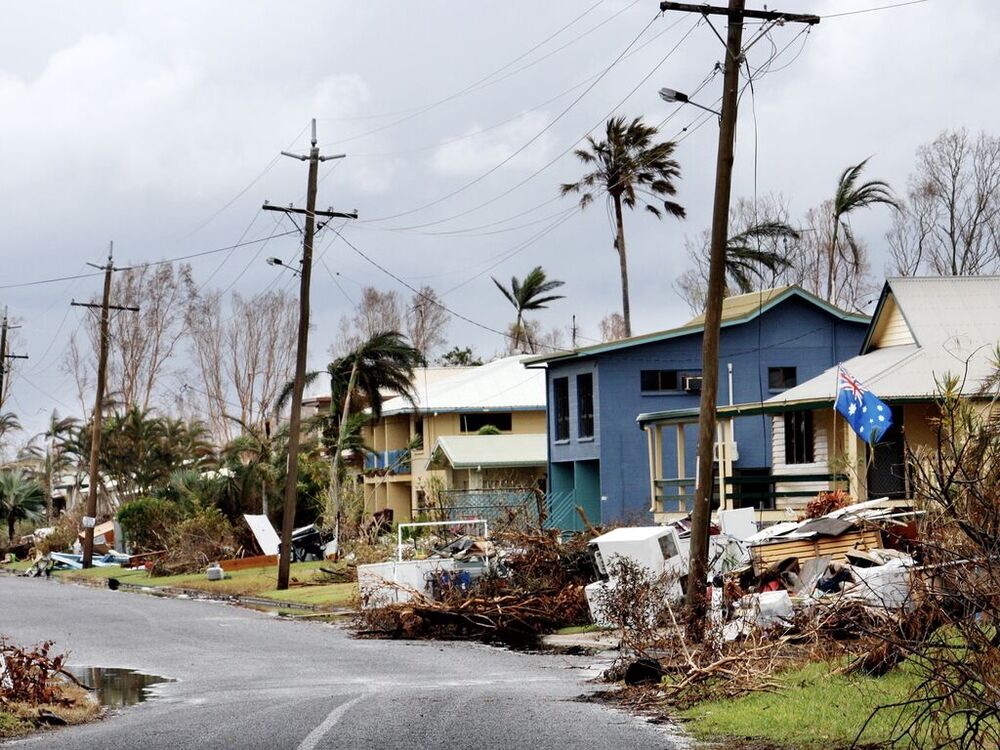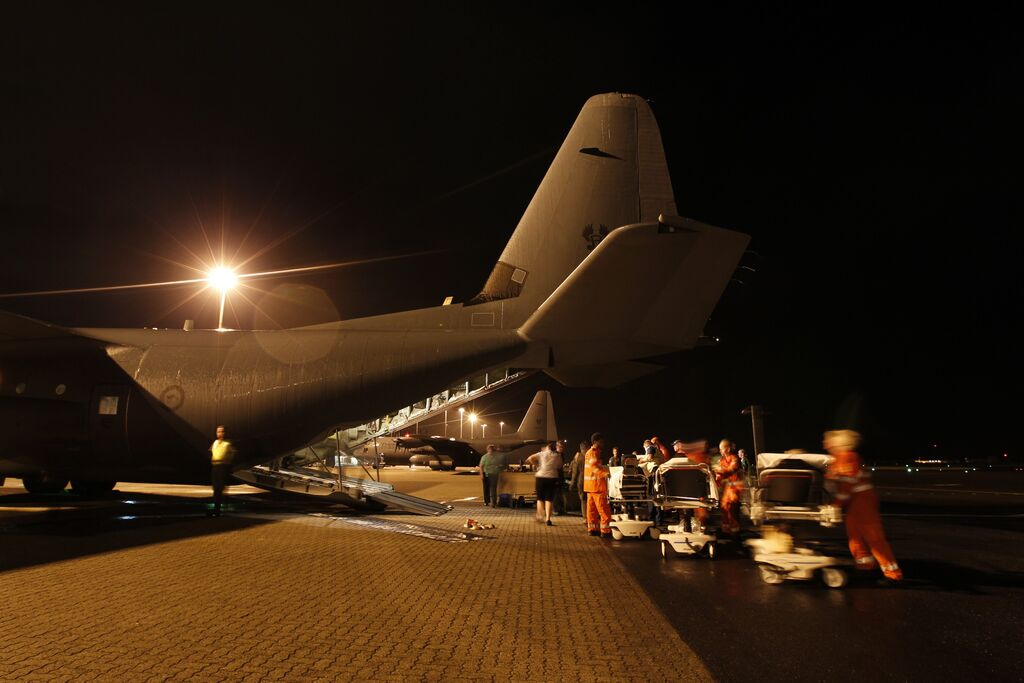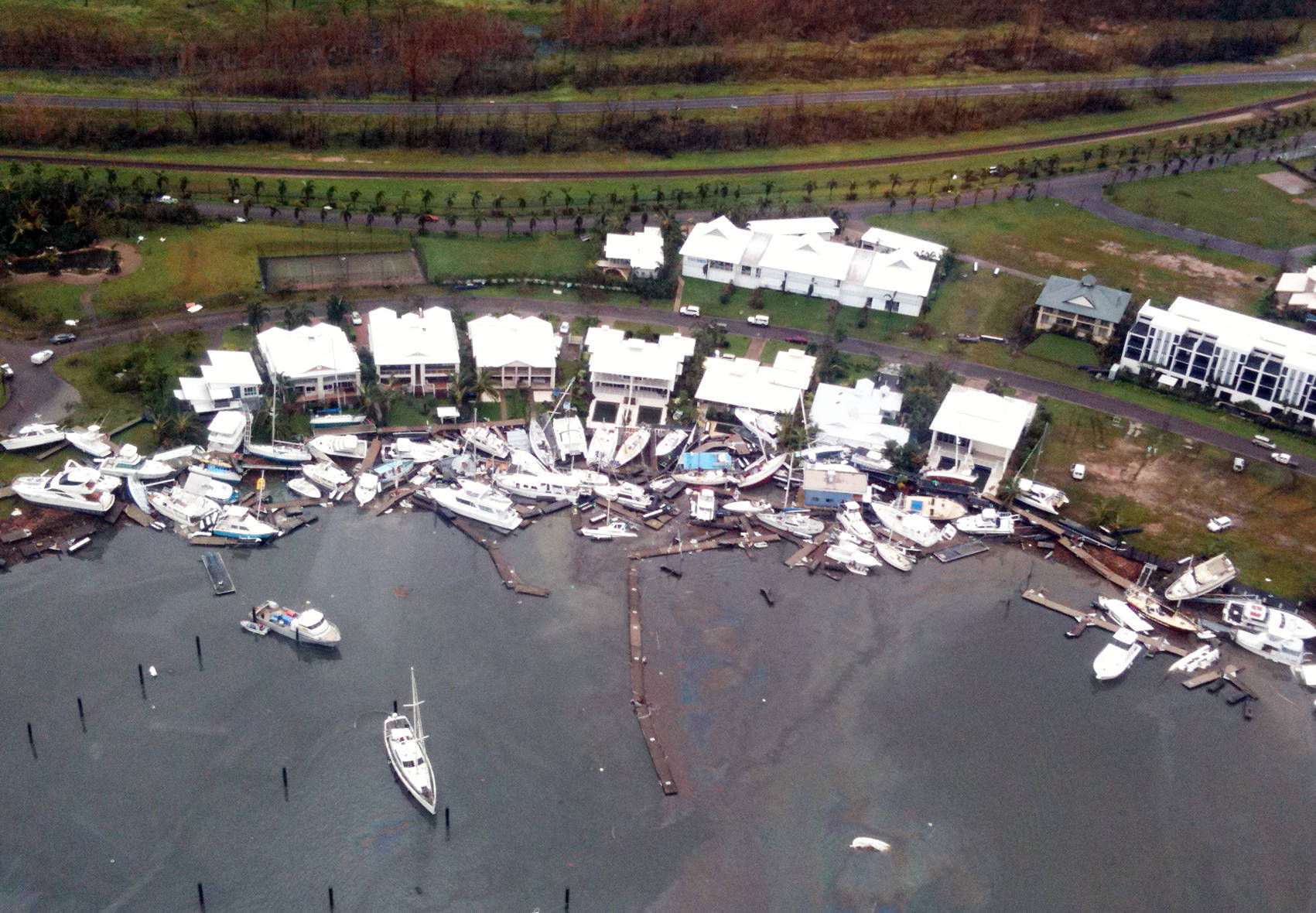Ten years since Yasi tore into the Far North

Today marks ten years since Cyclone Yasi crossed the Far Northern coastline – the worst cyclone to ravage the region in almost a hundred years.
Cyclone Yasi made landfall near Mission Beach between midnight and 1am early on Thursday, 3 February 2011, with the Bureau of Meteorology recording gusts of about 285 km/hr.
In the 24 hours prior to the Category 5 system, Cairns Hospital undertook the monumental task of relocating more than 350 patients, staff and their relatives to Brisbane.
To this day, it remains the largest mass medical evacuation ever undertaken in Australian history.
Cairns Hospital emergency physician Dr Paul Cullen, who acted as a Health Incident Controller during the operation, said early indications suggested Yasi had the potential to be catastrophic for Cairns.
“We planned that at the bare minimum, there would be significant disruption to the health service, just because of the cyclonic effects of wind and rain,” he said.
“The real risk was that we were advised there was a significant chance it would make landfall, potentially right over us, possibly at a high tide level.
“(This could have) led to the inundation of several of our buildings, causing them to be inoperable, or even destruction of physical structures.
Dr Cullen said hospital staff were advised this about 24-36 hours out from Yasi’s projected landfall.
“The decision was made to evacuate the hospital – something no one previously foresaw a need to do.
“What was extraordinary was the way the Health Service staff – along with Ambulance and Police – came together to decommission the Hospital and evacuate all of our patients, including birthing mothers, dialysis patients and mental health clients.”

Trish Smith, currently a nursing director at Cairns Hospital, helped coordinate the makeshift triage centre at Cairns Airport.
Patients were placed onto commercial planes and Royal Australian Air Force aircraft to be flown 1700km south to Brisbane.
“One of the most poignant moments that I can remember was sending a nurse at 7am – who had just finished work after a long night shift – accompanying a patient in the back of an ambulance up to the Tablelands, to house them up there during the cyclone,” Ms Smith said.
“She had to get up there and come back down to the coast to prepare her own home.
“There was this ‘can-do’ nature of the workforce: it was just an extraordinary step not just for Cairns, but for Australia, to evacuate a whole hospital like that.”
A temporary emergency department was also established on higher ground at Fretwell Park, a sporting ground and clubhouse in Bentley Park, south of Cairns.
A baby was born at the makeshift facility – one of three born in the region as the cyclone came ashore.

While Cairns Hospital was left unscathed by the storm, Tully Hospital suffered some damage to the roof of its nurses’ quarters, as well as power and water supply issues.
Tully Hospital remained operational throughout the cyclone, with six patients evacuated to Innisfail Hospital.
Power was out in more than 180,000 homes around the region – with outages lasting several days in many areas – and more than 10,000 people sheltered in 20 evacuation centers.
Although Yasi was one of the largest storms Australia’s experienced in recorded history, only one cyclone-related death was recorded.
A man died while sheltering in his home near Ingham, asphyxiated on generator fumes.
Cardwell, Tully, Mission Beach, Innisfail and many surrounding townships were badly damaged, while Cairns and Townsville dodged the brunt of the cyclone.
What are you memories of Cyclone Yasi? Let us know on Facebook here.

